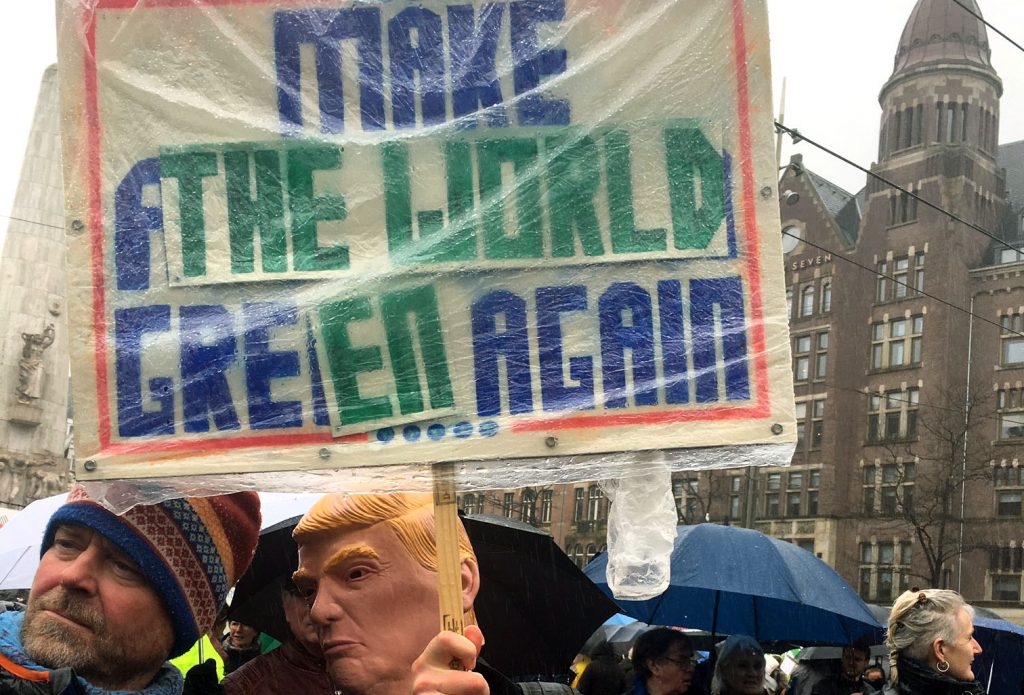This post is also available in Dutch.
The considerations we have to make for a better environment are often difficult. Complex decisions require thinking and therefore time and energy; they are not called conscious choices for nothing. In our previous blog we already discussed why these choices are so difficult. But what can we do to make them easier?
Three ways to make green decisions easier;
1. Reversed thinking: turn it in to a win/win situation
Living more consciously often means we have to give something up: eating meat, driving our car, or flying, while the benefit of it is not directly noticeable for you as an individual. So try to give a positive spin to green choices by realizing they also give you something. Saving energy means also saving money, cooking vegetarian can challenge you and is very healthy, and so is taking the bike instead of the car.
2. Make it closer: decrease the distance in time or space
It is often difficult to take action for things that are not part of the here and now, because topics further away seem more abstract. But we can decrease this distance by making people aware of the influence of their current actions. This is the power of Obama’s saying “We’re the first generation to feel the impact of climate change, and the last generation that can do something about it”. In addition, we can decrease the distance in space by confronting people with the consequences of their actions, even if they do not take place in their own direct environment. Many people think that climate change does not have direct consequences for them. A practical example of this is relabeling of trashcans with an option to sort: instead of “residual waste” it says “landfill,” so you realize your action will increase the trash that goes to a landfill, even if this is not right next to your house.
3. Normalise: create a green standard
Finally, there is a “social distance”. People are social creatures and very sensitive to what others think about us. The social standard often determines our actions. This was also shown in research into environmentally friendly choices. For instance, in a hotel you are supposed to be careful about towel use. If this is requested in a friendly way by putting a message in the room, many people will do this. But if you additionally add to this message that “most people are obliging to this”, even more people will cooperate. But be careful! This also works the other way around. If you say most people are doing the wrong thing, others have the tendency to do so too, even though this is obviously wrong.
In short, for a green mindset it is best to put emphasis on the advantages of environment-friendly actions as well as their urgency. The consequences will be noticeable in your environment as well. Making more conscious choices in daily life should be the standard instead of the exception to the rule. So, tell your (social) environment which green choices you are making.
Inspiration for this blog came from the lecture “Making the Green choice” as part of the Donders 200 celebrations. You can watch this lecture on youtube.
Written by Floortje, edited by Eva en Rowena, and translated by Jill en Marisha
